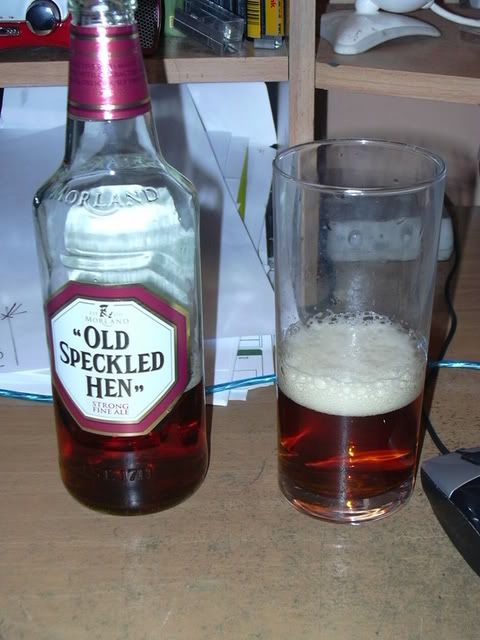Finally bit the bullet and am now the er, proud owner of some 25kgs of beeswax so I can properly hot dip some of my more period creations.
This one hasnt been dyed, just totally immersed in hot beeswax. Its set hard, really hard and yep, she holds water, well, in this case honeyed ale!
Before,

And of course, after



Cheers and good ale!

When I get some more time Im going to look more into Cuir Bouilli (or hardened leather) and will hopefully put some test pieces through some of the traditional processes and try for some form of pictoral record of the effects on leather over time, temp and method, ho knows, it may even help someone
Mike
This one hasnt been dyed, just totally immersed in hot beeswax. Its set hard, really hard and yep, she holds water, well, in this case honeyed ale!
Before,

And of course, after



Cheers and good ale!

When I get some more time Im going to look more into Cuir Bouilli (or hardened leather) and will hopefully put some test pieces through some of the traditional processes and try for some form of pictoral record of the effects on leather over time, temp and method, ho knows, it may even help someone
Mike




